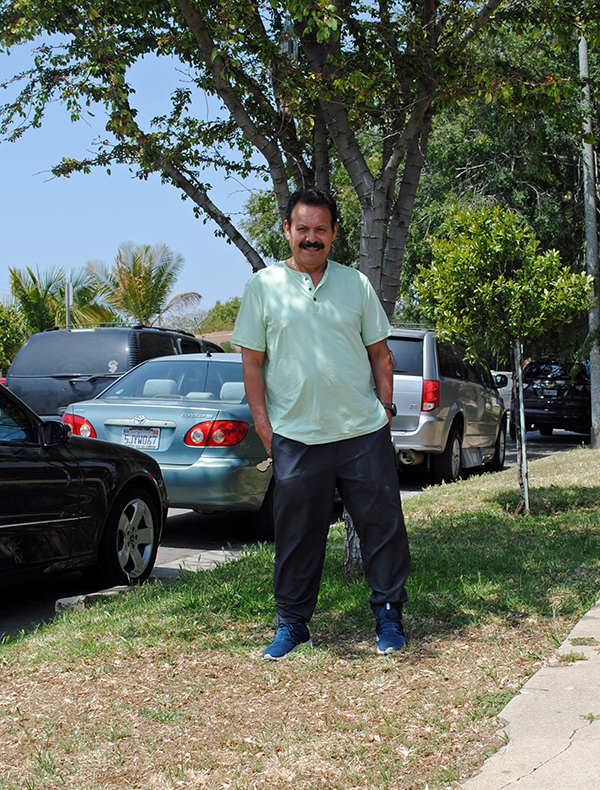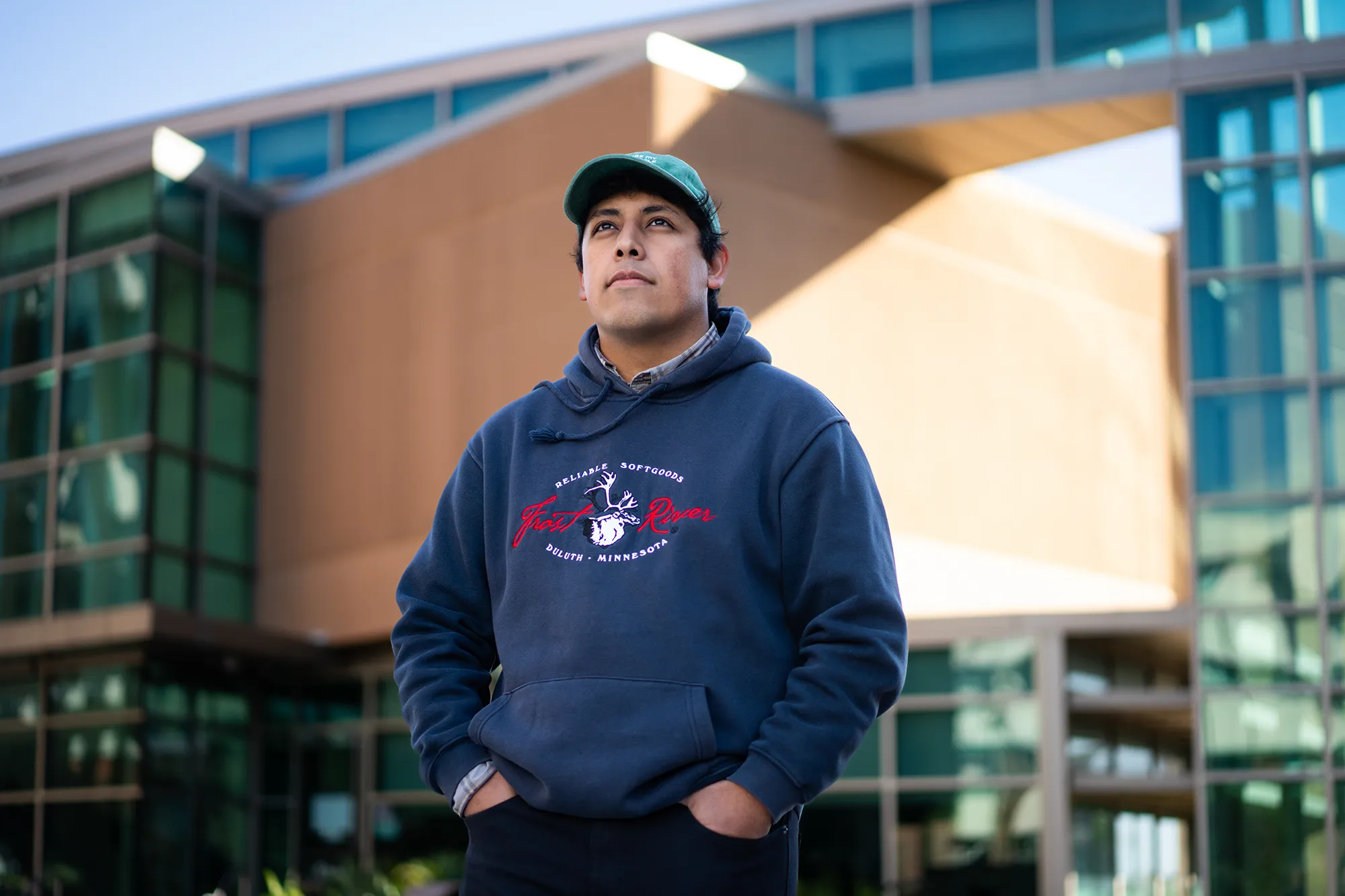By Alfredo Santana
Contributing Writer
BOYLE HEIGHTS — A revised May budget from Gov. Gavin Newsom would provide $67.3 million to remove lead from soil from thousands of parkways within a 1.7-mile radius of the former Exide battery recycling plant in Vernon.
This is the first time a substantial allocation is proposed to address untreated surfaces with high levels of toxic metal released by the battery smelter, now in the process of being dismantled under the oversight by the state’s Department of Toxic Substances Control.
According to the budget document, $40.4 million is earmarked for fiscal year 2023-24, with the remaining $26.9 million to be spent the following year.
The funds would cover the cost of removing contaminated soil from up to 6,425 parkways, the strips of land often used for landscaping squeezed between sidewalks and curbs.
All the parkways are located next to 10,000 homes and properties that received lead emissions in Boyle Heights, East Los Angeles, Maywood, Huntington Park, Bell and Commerce.
In 2019, EFI Global Inc. sampled more than 8,000 strips of land from 464 housing blocks in those communities.
Though lead was the main metal of concern, other hazardous components for humans used to assemble batteries were detected, such as arsenic, antimony, cadmium, copper and zinc.
An amended contract awarded to EFI Global indicated the environmental company received $2.79 million for its services from $6.5 million allocated by the state Legislature in 2018.
Although the remaining $3.7 million was encumbered to conduct parkway cleanups, the Department of Toxic Substances Control focused on removing tainted soil from parcels and returned the money to the state’s general fund.
In 2021, project manager Duane White said at a community hearing that 300 residents surveyed online within the impacted area indicated they “spent up to two hours a day, seven days a week on the parkways.”
County Supervisor Janice Hahn thanked Newsom for thinking about blue-collar communities reeling from the Exide contamination.
“Funding to clean up parkways is critical,” Hahn tweeted. “Even if every yard is cleaned, parkways contaminated with lead still pose an unacceptable threat to the health of our kids.”
The revised budget template calls for improvements on degraded communities suffering from the toxins emitted by the plant during its nearly 100 years of operation.
Allison Wescott, deputy director of communications with the Department of Toxic Substance Control, said in an email that if the proposal clears the California Legislature, “cleanup of all contaminated parkways could begin later this year.”
A May 12 update on the Exide’s cleanup website indicates that 4,645 properties have been remediated mostly with money the state furnished, and only 313 were cleaned with funds from different sources.
Nearly two years ago, Newsom and state legislators agreed to funnel $322.4 million for cleanups of 5,940 properties, but environmental officials estimate that more than 10,000 parcels pack dangerous lead levels that will need decontamination.
In 2016, Gov. Jerry Brown approved $176.6 million to accelerate testing and move forward with cleanups of homes, schools and parks near the plant.
Although he praised the proposed funds, Mark Lopez, community organizer and special projects coordinator with East Yard Communities for Environmental Justice, said the parkway allocation falls short of being able to remediate all of the remaining properties.
“The money isn’t enough for the full cleanup our communities deserve,” Lopez said. “But dedicated funds directly to parkways after DTSC has refused to include parkways in the cleanup plan is important, especially since they have returned unused cleanup funds dedicated to parkways in the past.”
May’s budget revision was released as part of the California Environmental Protection Agency’s $5.1 billion proposed allocations to combat climate change, replenish groundwater, make extraction sustainable and regulate and evaluate the use of pesticides in cities, towns, farms and in wildlands.
Revenues to cover the cleanups will be paid for with additional taxes tacked on lead batteries sales since 2022.
“This proposal builds on the investment of hundreds of millions of dollars in recent budgets to enhance protections to communities and the environment from exposure to hazardous chemicals,” an excerpt from the budget document said.
The former Exide Technologies facility started to recycle lead batteries in the 1920s, before it closed permanently in 2015 after a state renewal permit to operate expired and was not renewed.
Currently, the Vernon Environment Response Team trust handles the property’s maintenance of remaining buildings, pays for property taxes, utility bills, private security and plans to remove the structures to allow testing of groundwater and eventual cleanups.
Under former supervision from the state’s Environmental Protection Agency, environmental trustee Robert Puga led work to demolish the three main battery crushing segments last year, including six smokestacks.
The standing structures include the main office and giant metal tanks riveted to industrial pipes.
Exide Technologies is located across the street from Baker Communities, a rendering plant shuttered last year due to air quality violations that caused pungent odors from animal remains to reach residents in Maywood, Cudahy and other area communities.
Victor Alvarez, a Boyle Heights resident whose house’s front yard on Calada Street already underwent a lead cleanup, welcomed Newsom’s proposed funds to detoxify the parkways.
“The idea is excellent,” Alvarez said. “What I question is why didn’t they coordinate the home cleanups with the parkways? They had the machinery on site. Then it was way easier.
“But if the money is approved, I hope they clean them up.”












